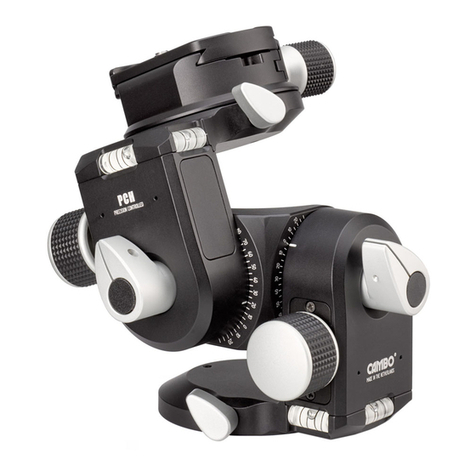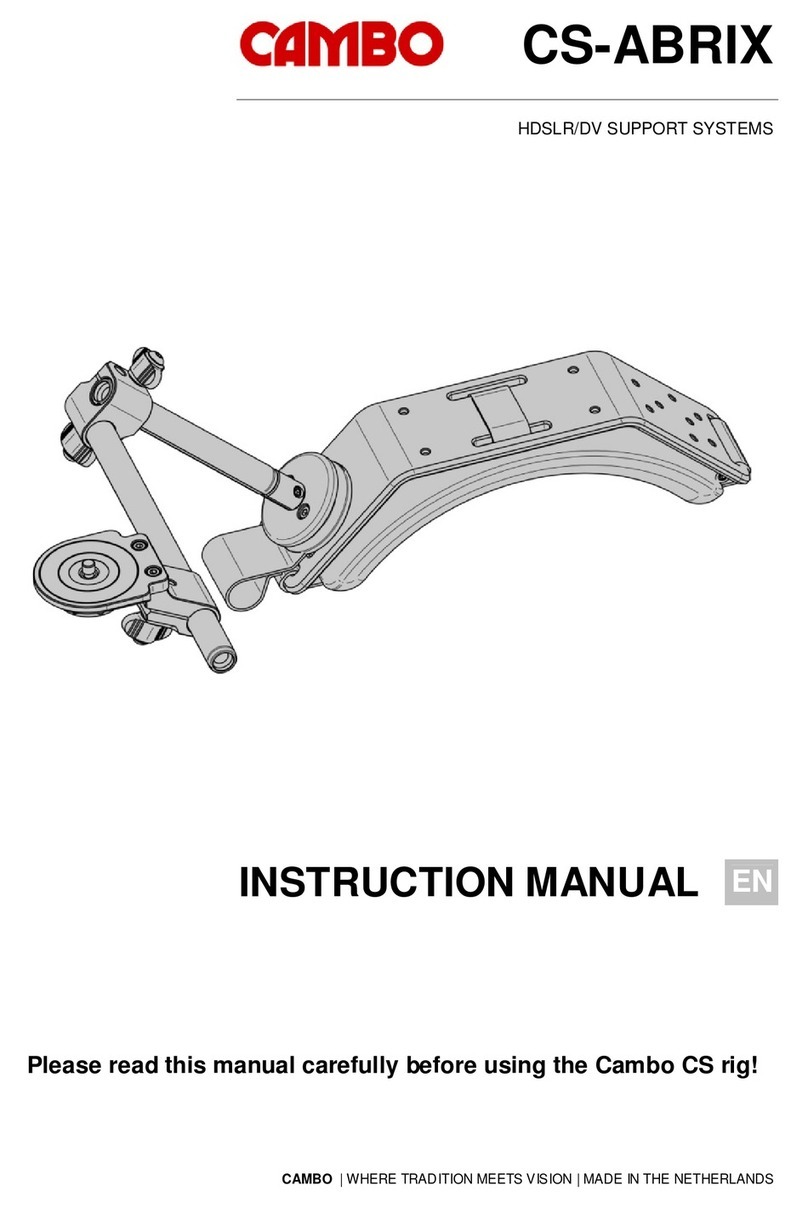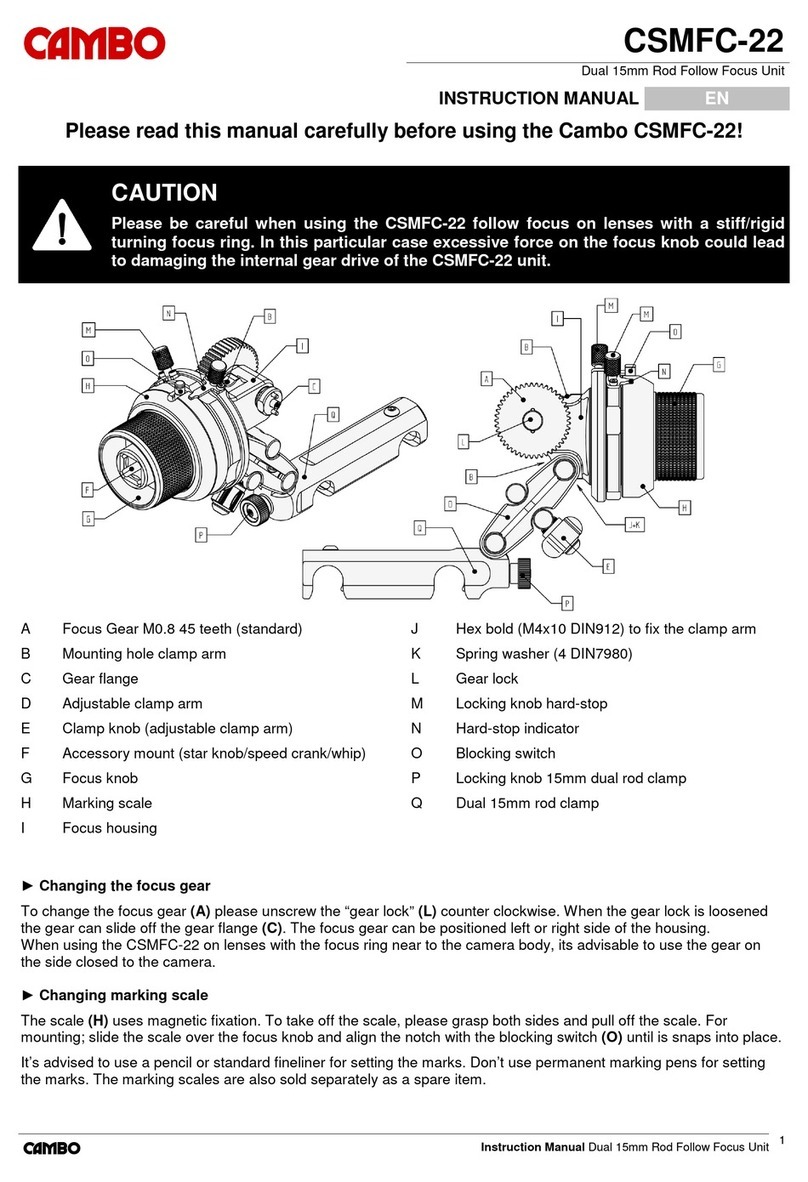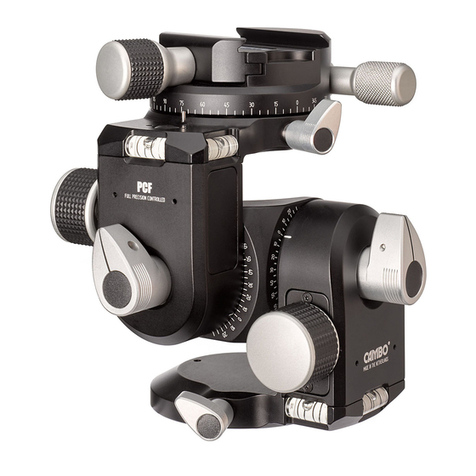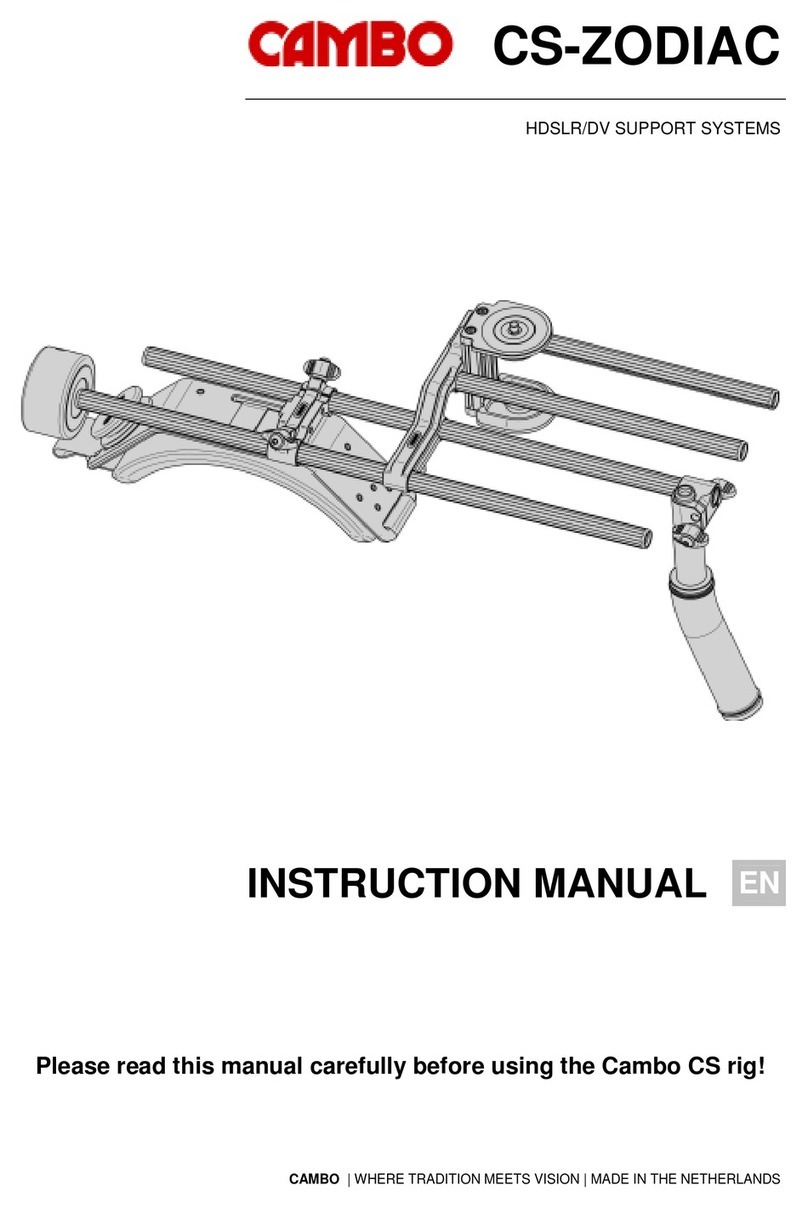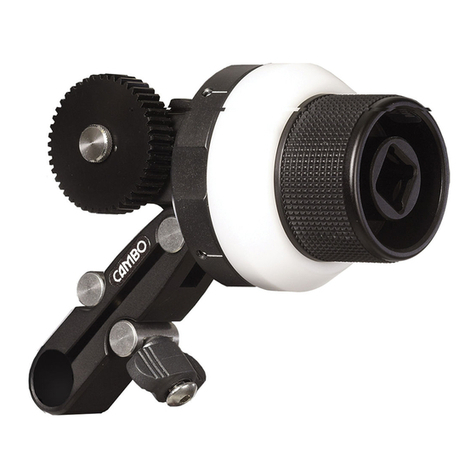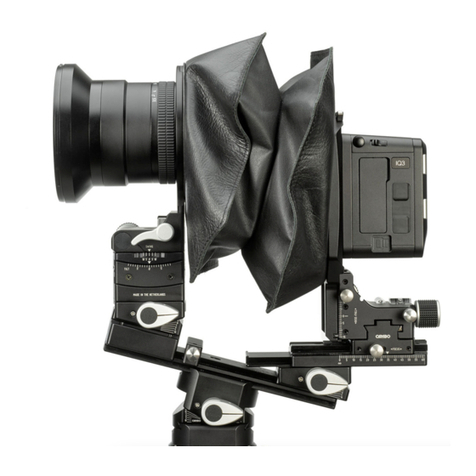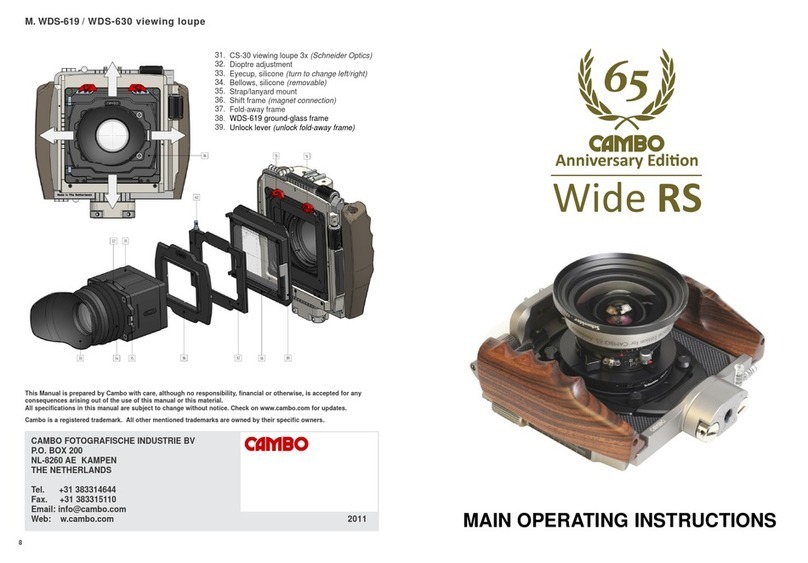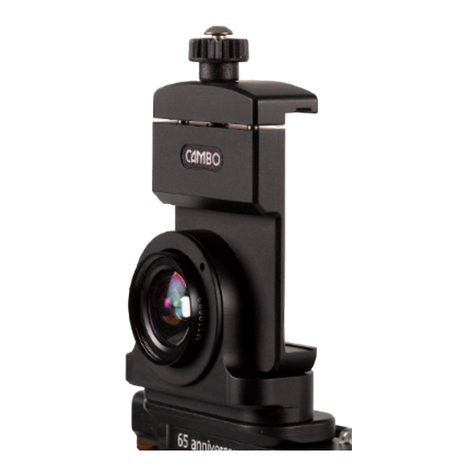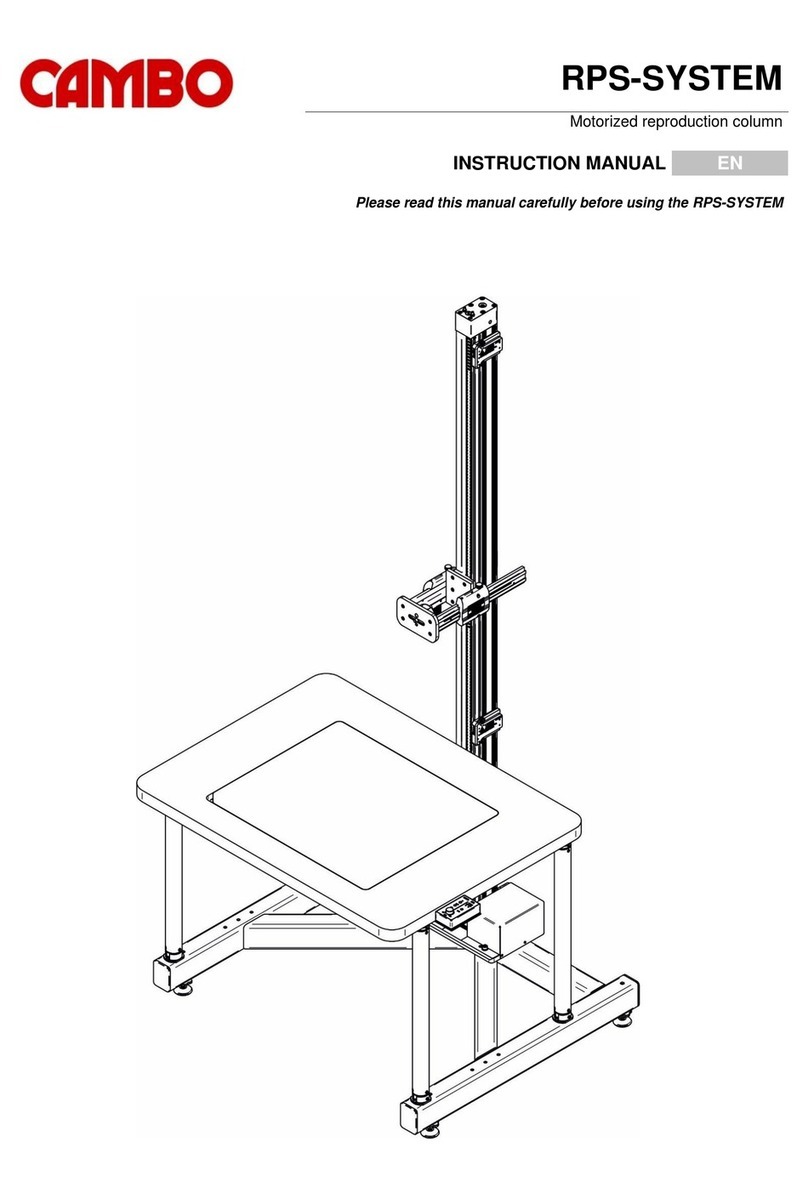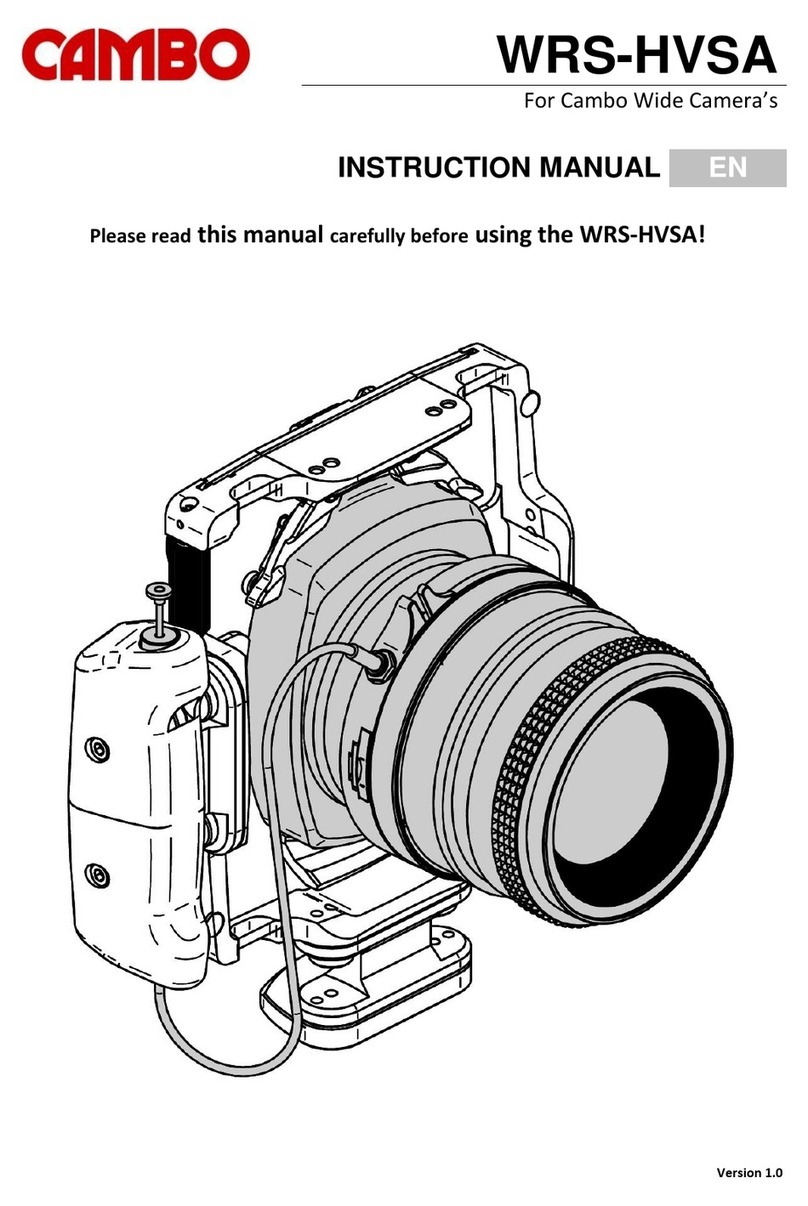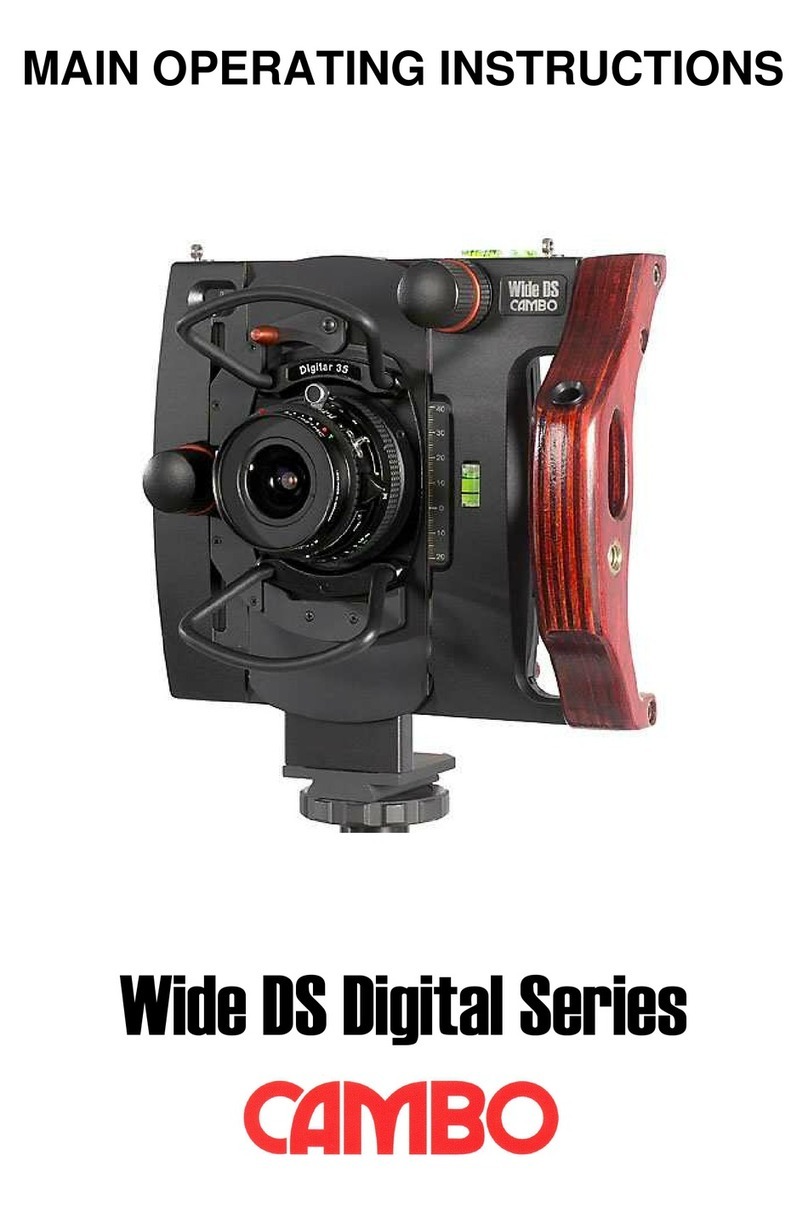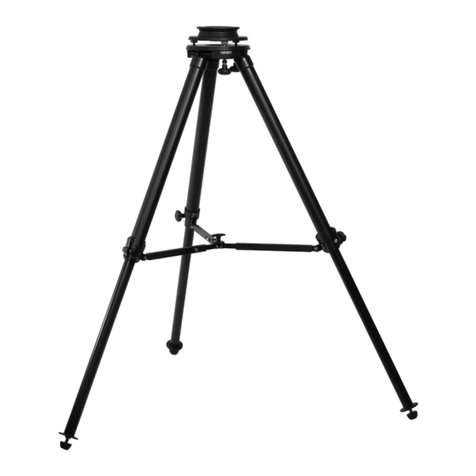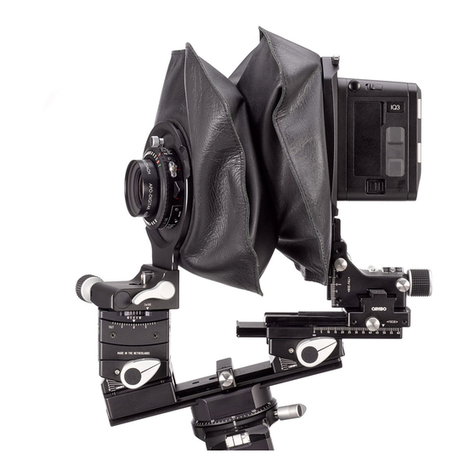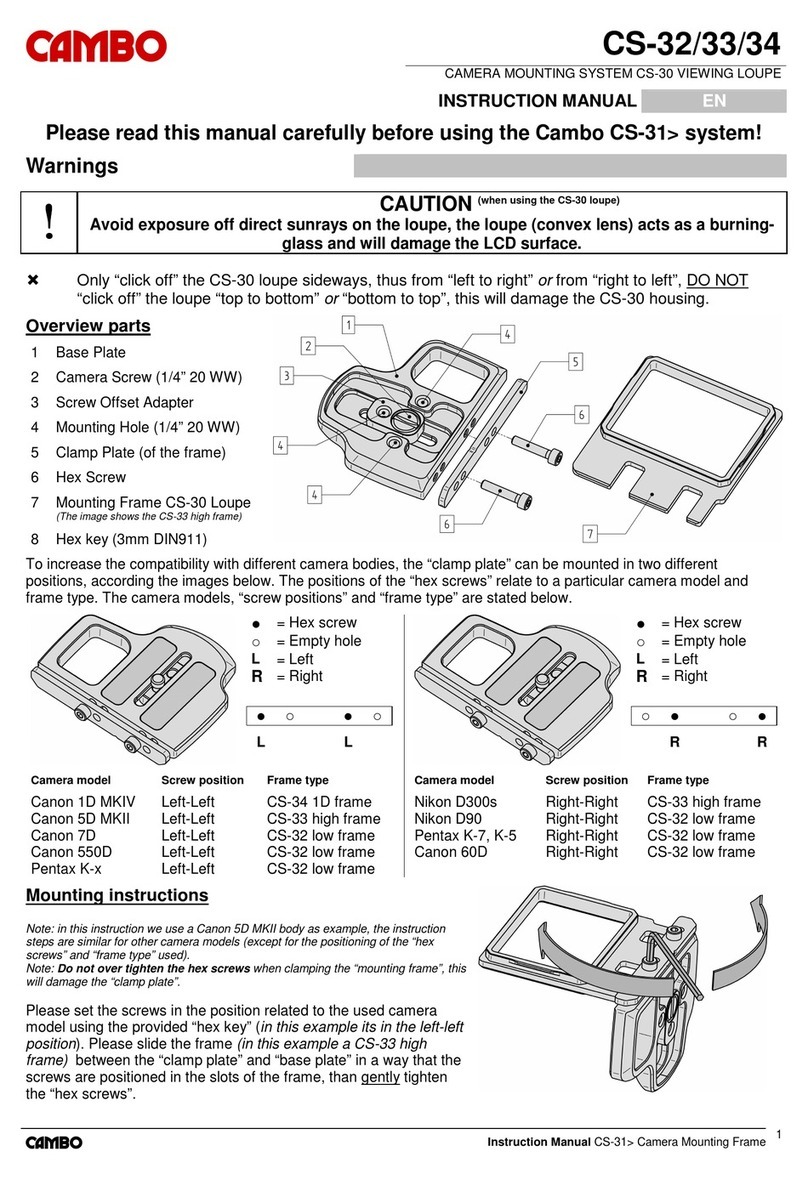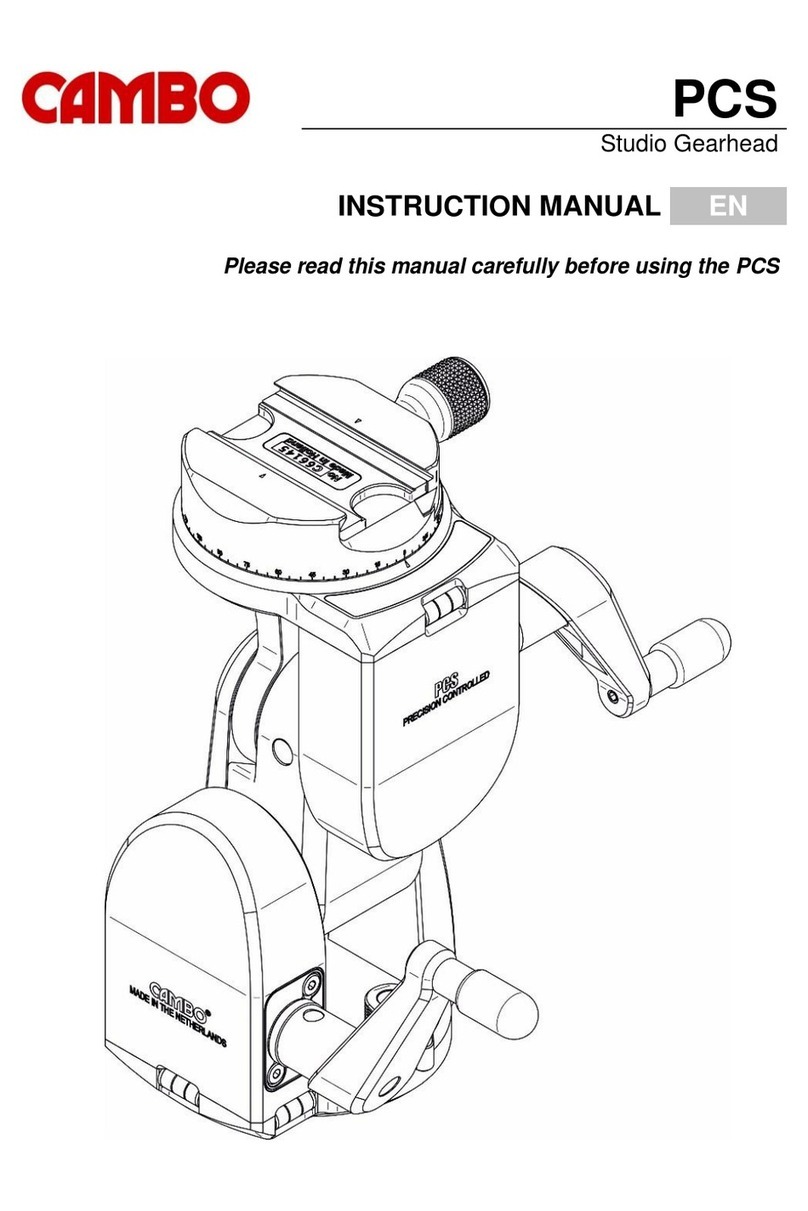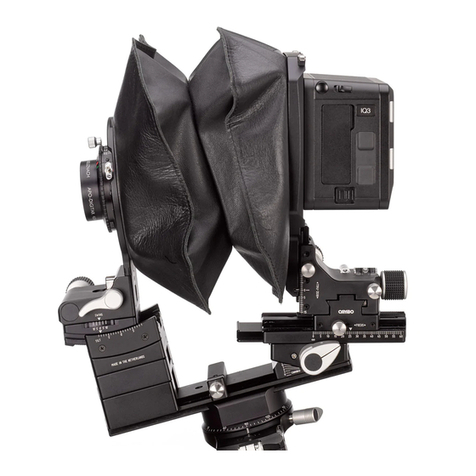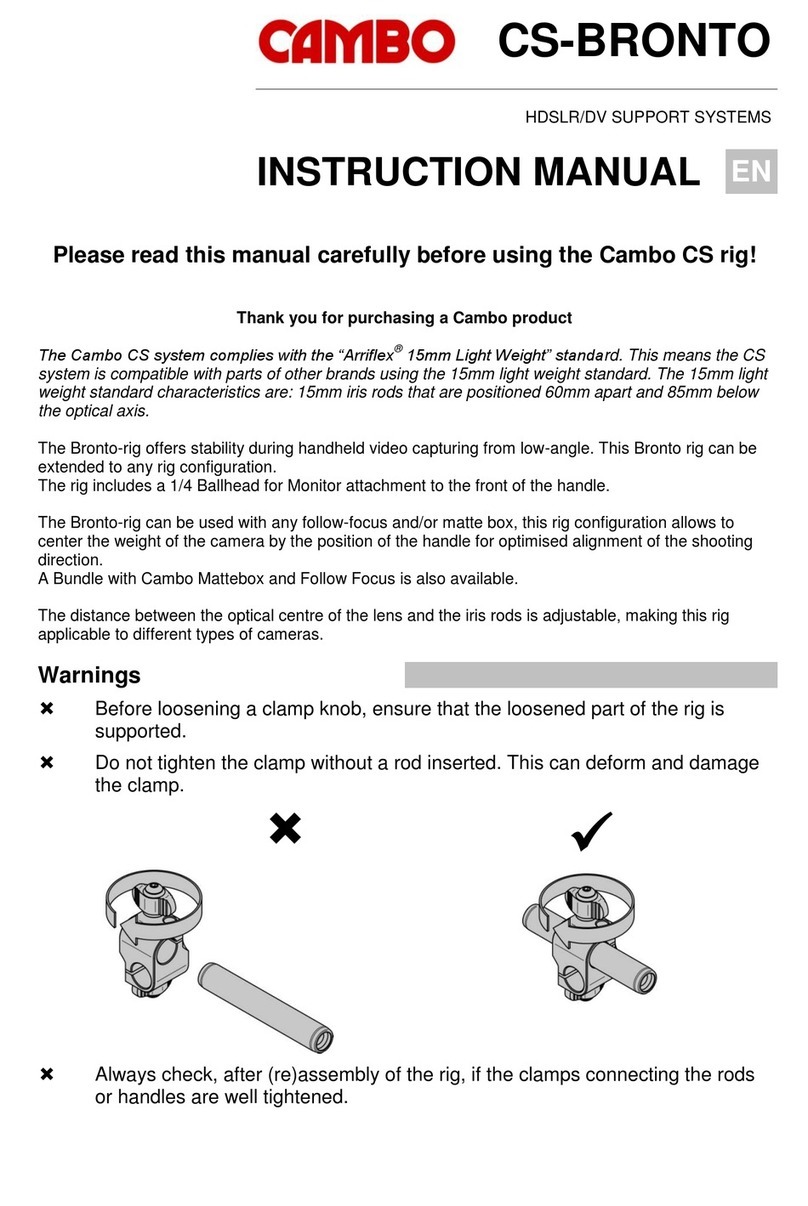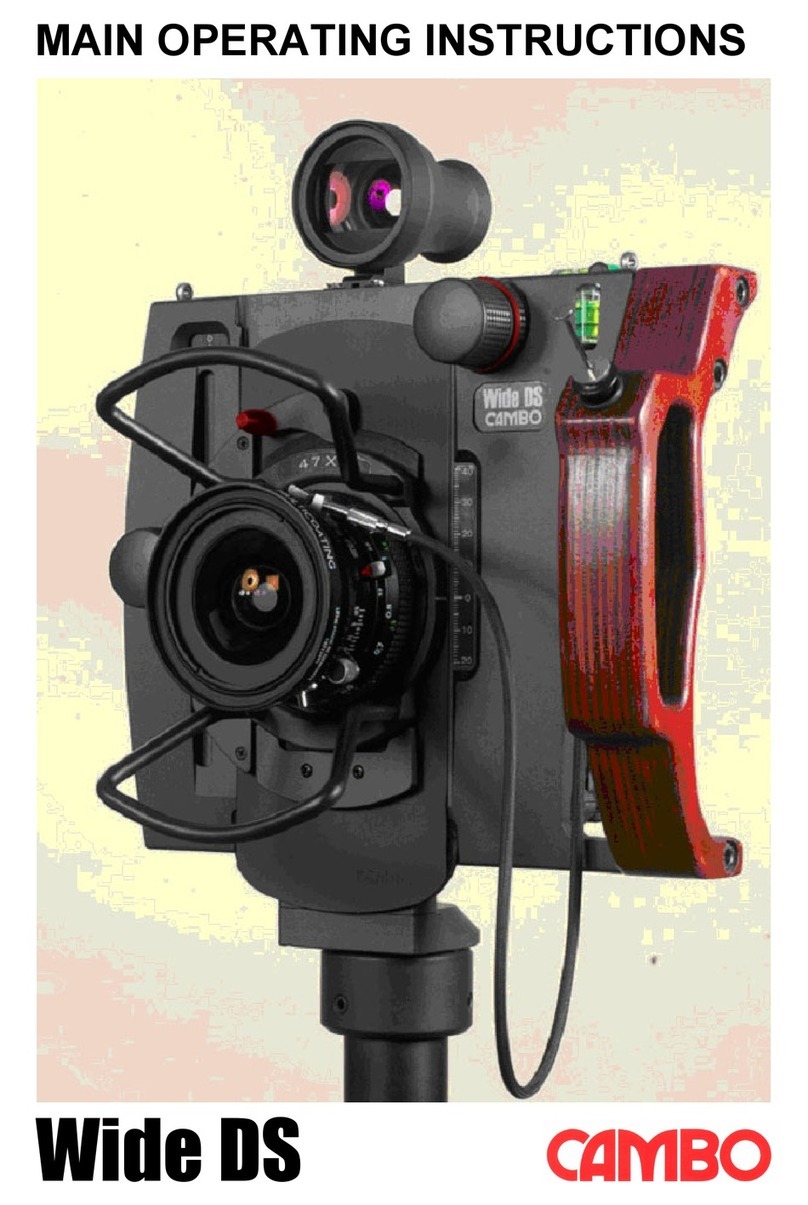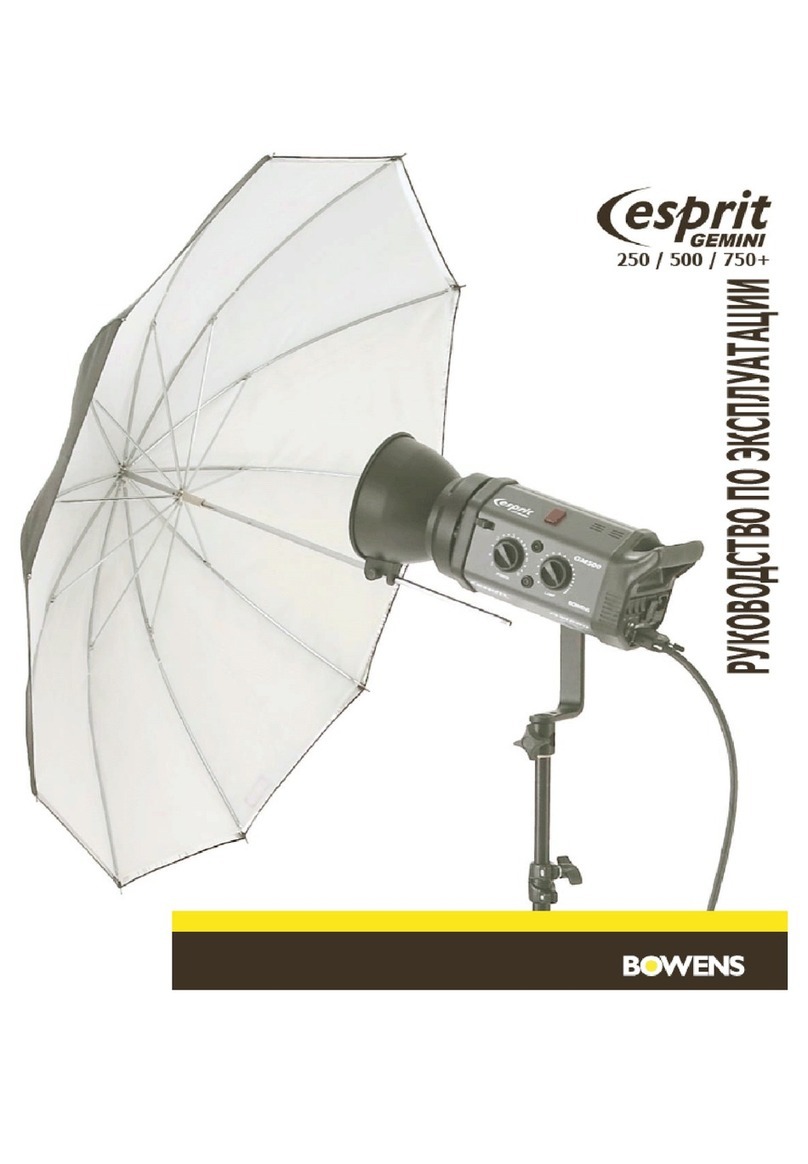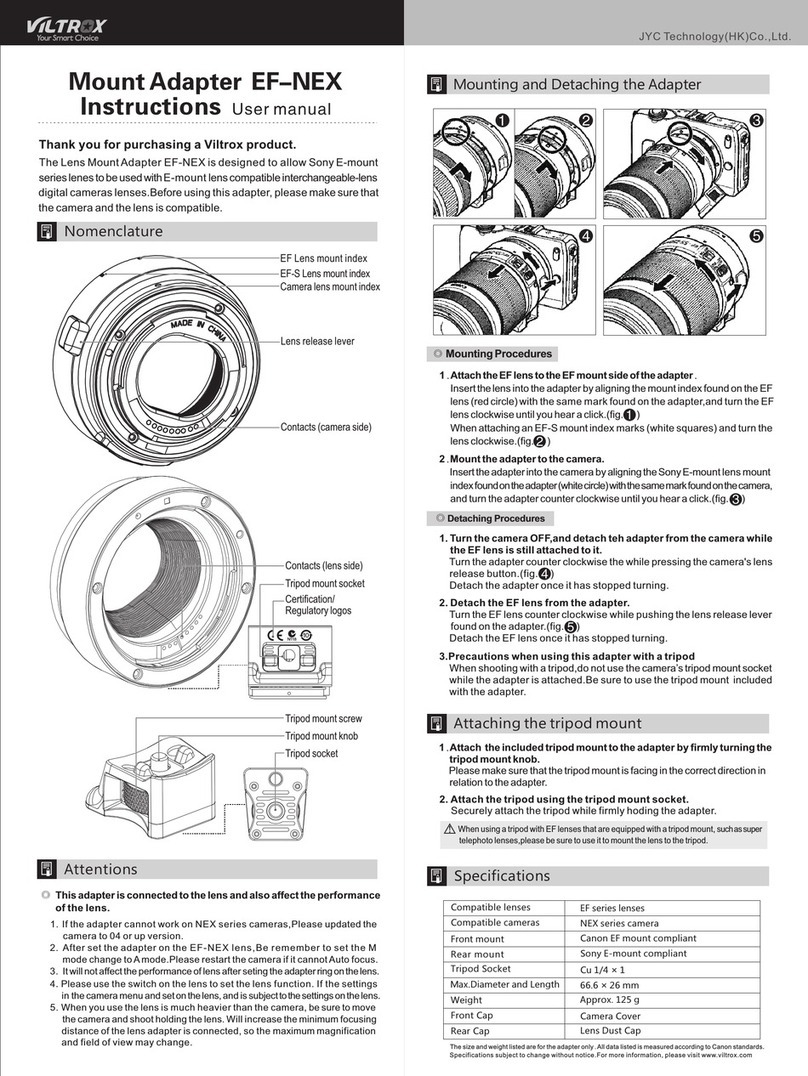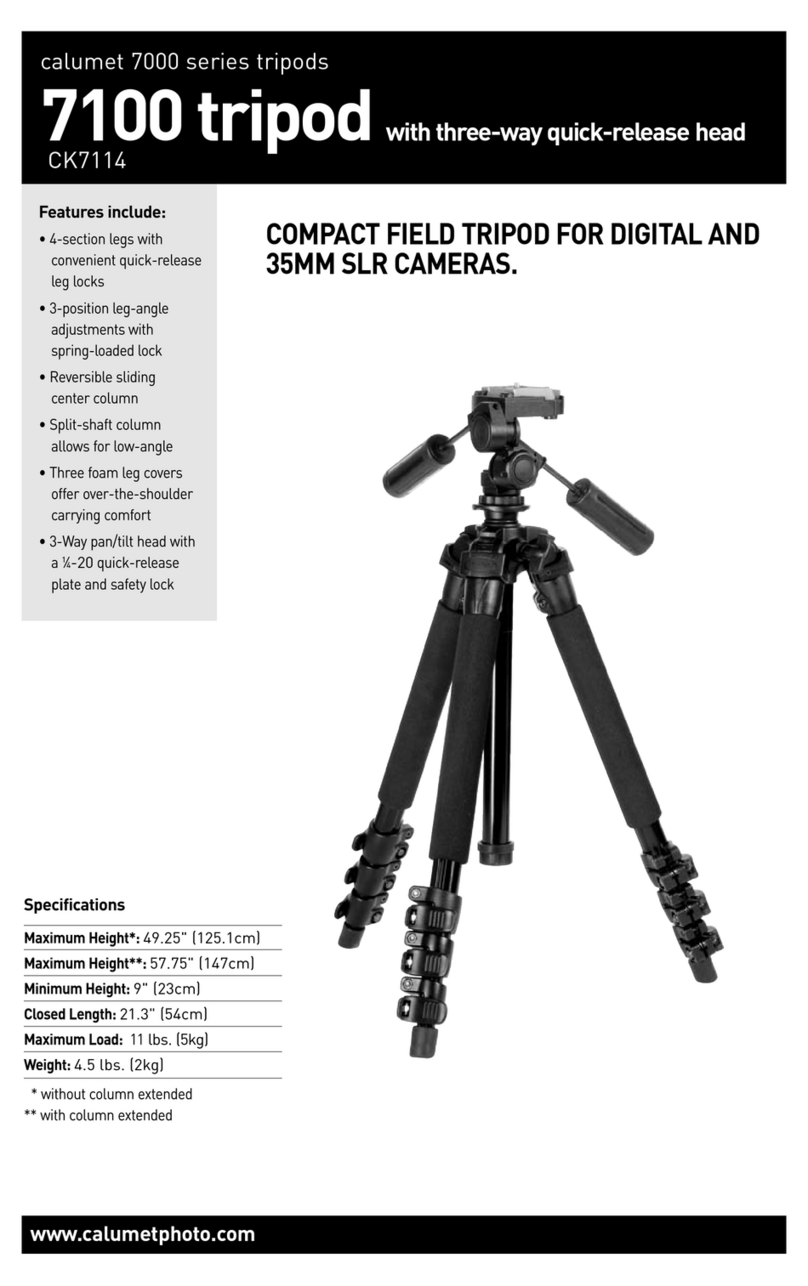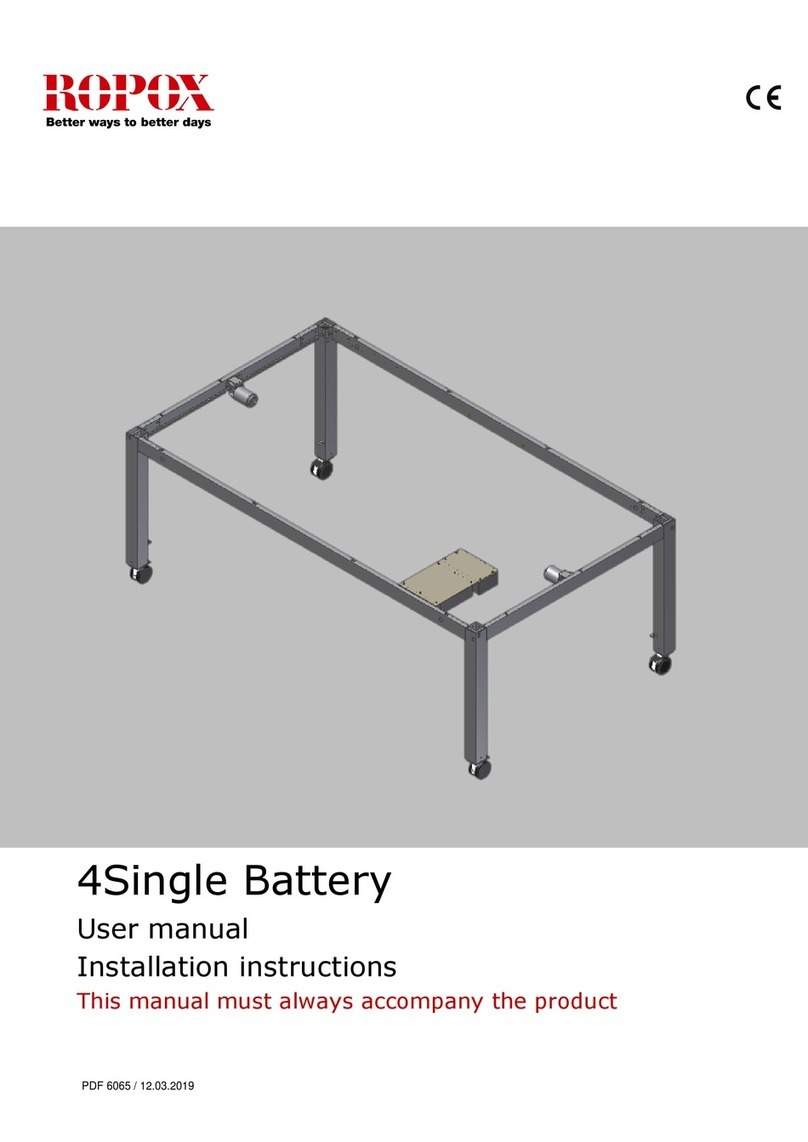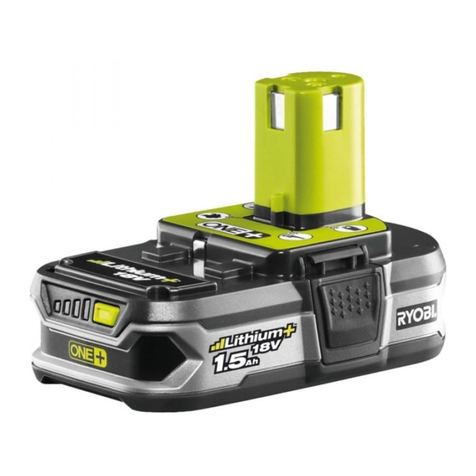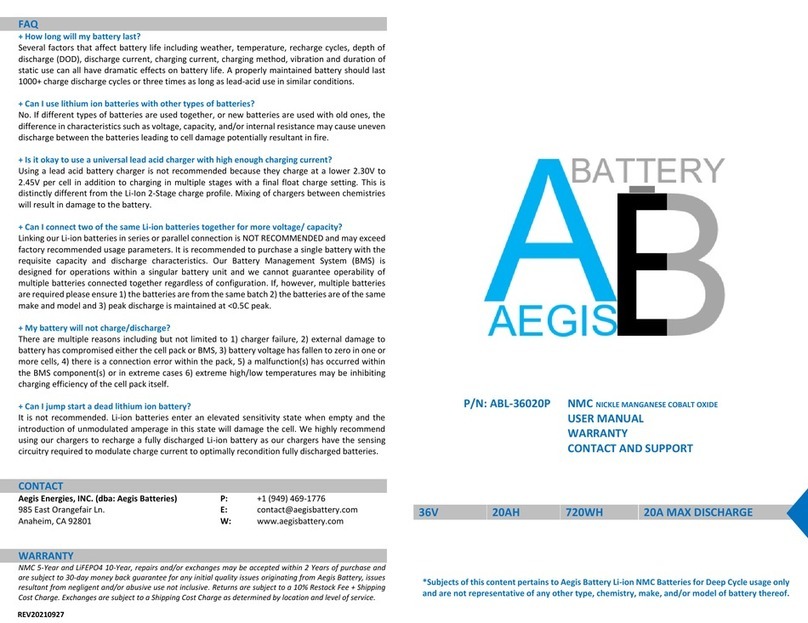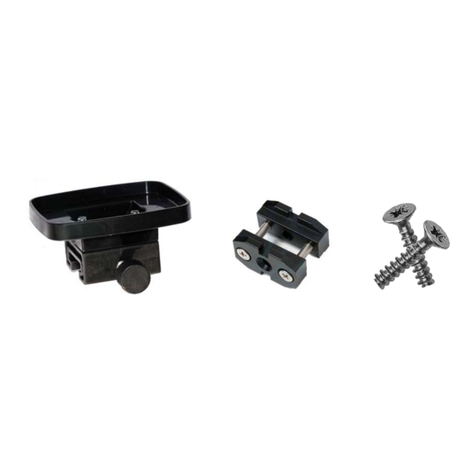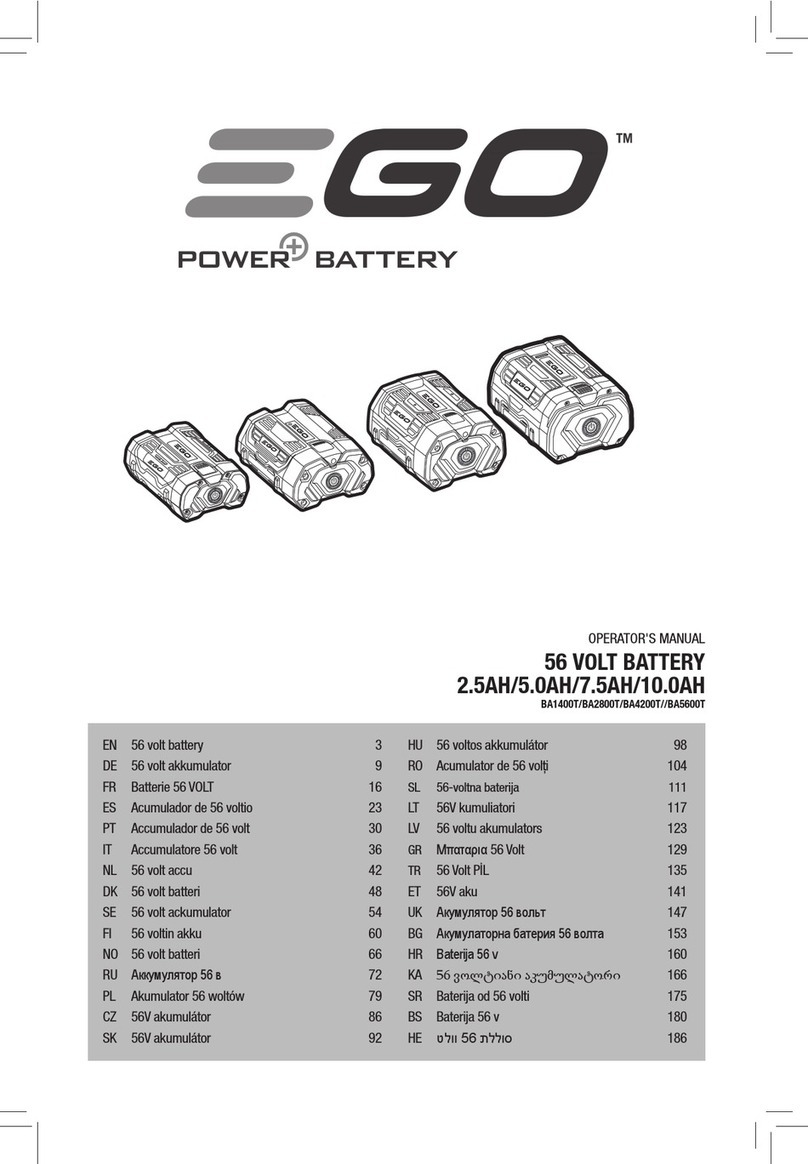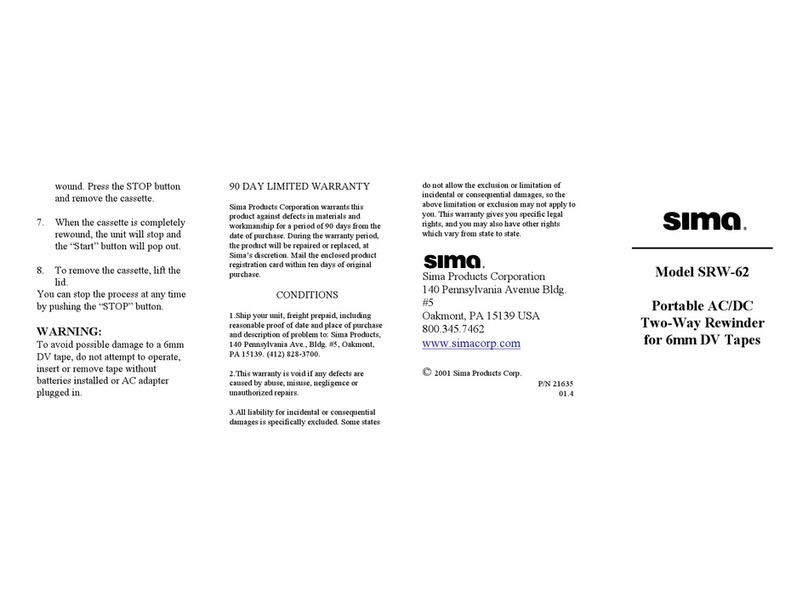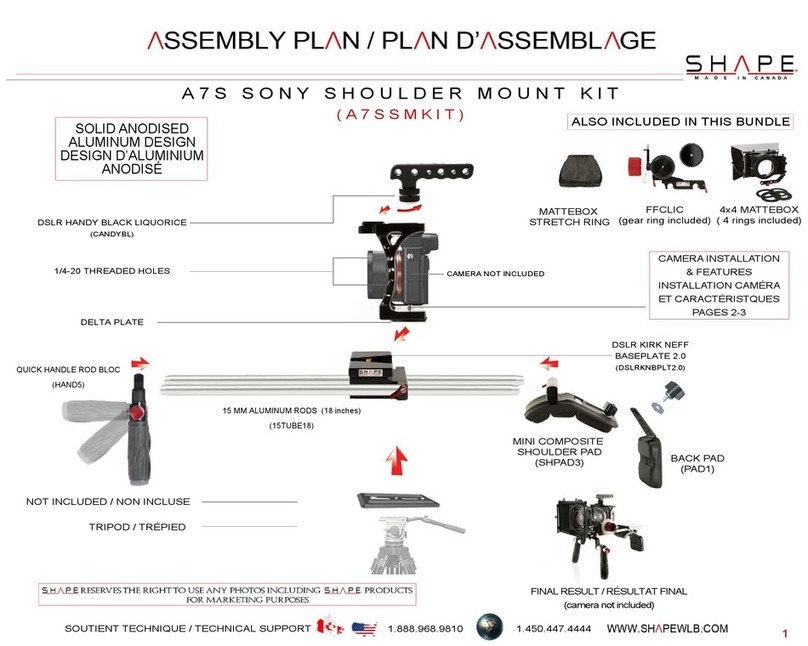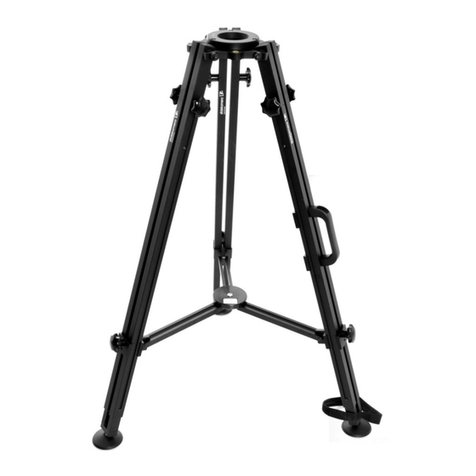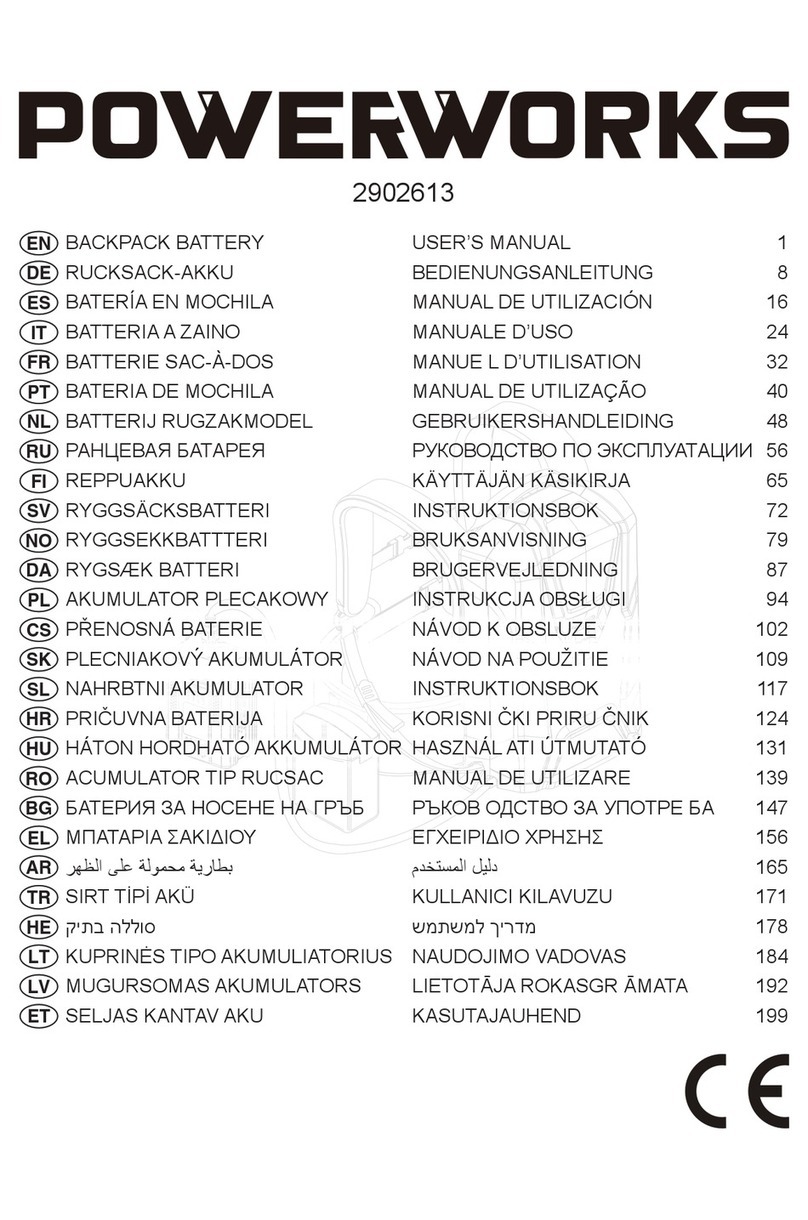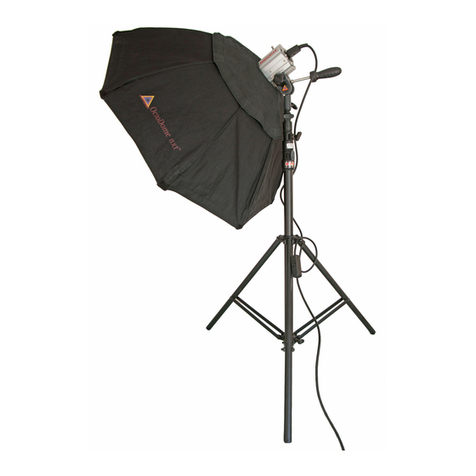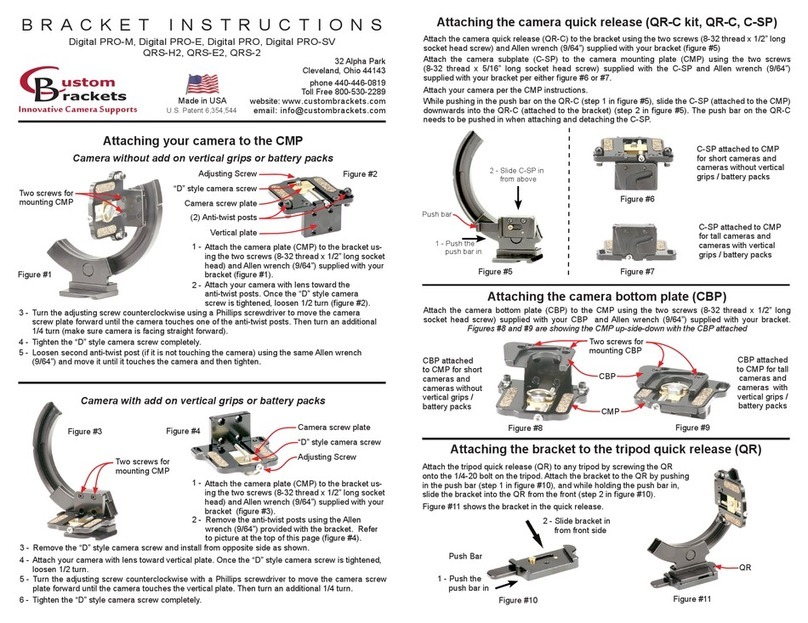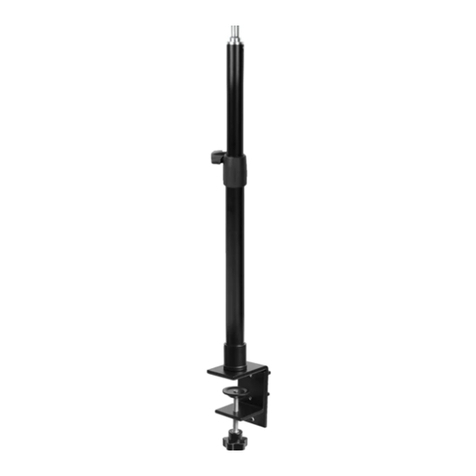
6
C. CABLE RELEASE AND SHUTTER
The hand grip features two cable release sockets. The cable
release must be attached to the release socket/lever of the
mechanical shutter. All WDS/WTS lens panels feature a Copal 0
shutter, with shutter speeds between 1/500 and 1 second, B and
T. The mechanical shutter must be cocked between every
exposure. The Rodenstock® electronic shutter is available on
request.
D. MOUNT NG THE D G TAL BACK
Please choose the SLW interface adapter corresponding to the
interface mount of your digital back. The digital back is mounted
to the SLW adapter as it would to corresponding medium format
camera body (Hasselblad® V, Mamiya® AFd, Leaf® AFi, etc.). To
synchronize the digital back with the mechanical/electronic
shutter please use the brand specific “synchro release cable”. For
further operating details please follow the instructions of the
manufacturer of the digital back.
E. MOVEMENTS: SH FT, R SE AND FALL
The Wide RS features horizontal as well as vertical (rise/fall)
movement of the rear standard. These movements can be used for
perspective control, image displacement and stitching of multiple
e posures. This allows the user to take full advantage of the large
image circle of certain lenses. Both movements shift the image
plane, which allows the user to take multiple images within the
same focal plane, ideal for stitching. Stitching can be used to create
panoramas with the ma imum viewing angle or to create higher
resolution files.
The horizontal shift is operated by drive knob located at the top of
the camera. From the optical center position the rear standard can
be moved 20mm left or 20mm right. The vertical shift (rise/fall) is
operated by drive knob which is located at the right hand side of the
camera. From the optical center position the rear standard can fall
20mm (shifts the image up) or rise 20mm (shifts the image down).
